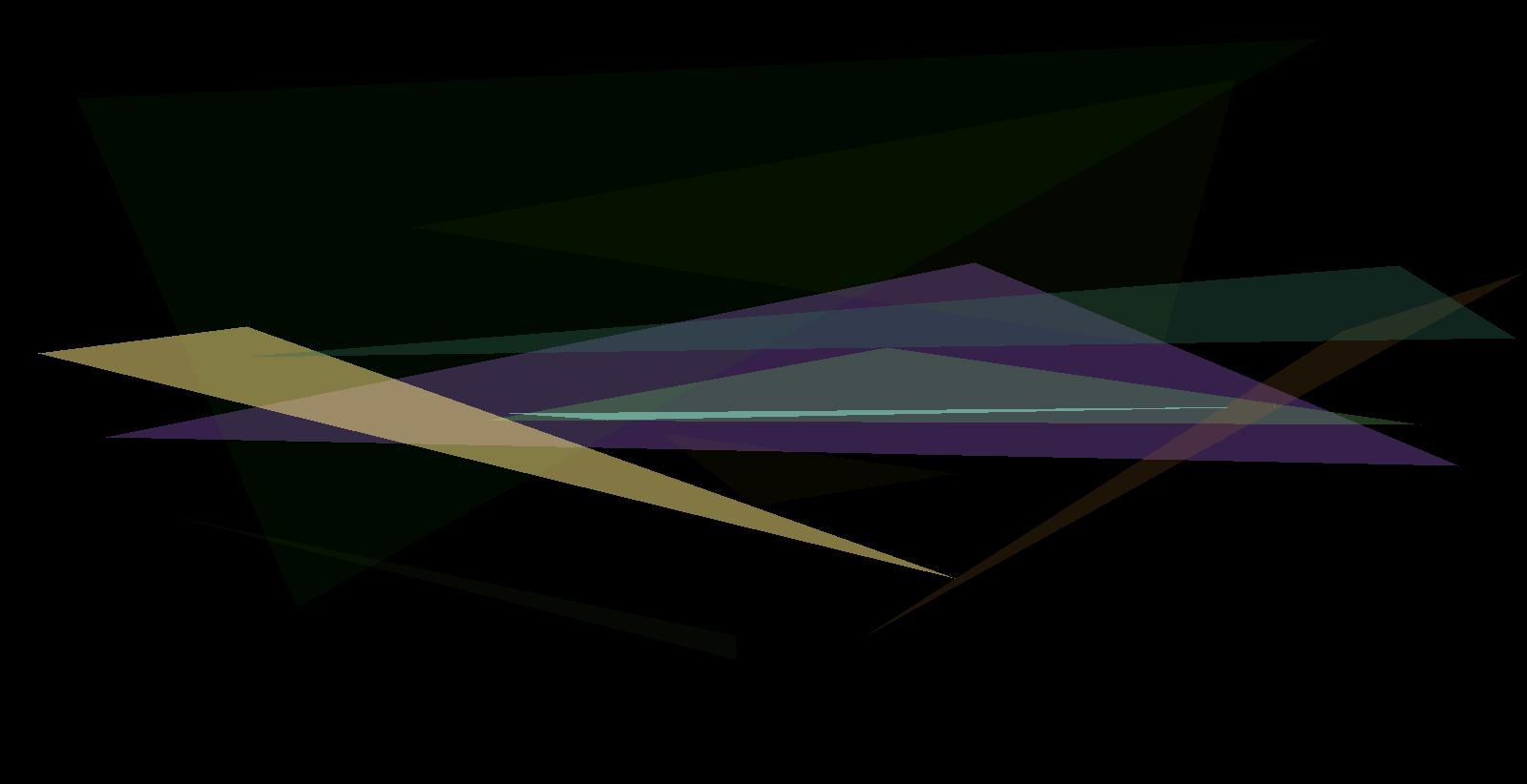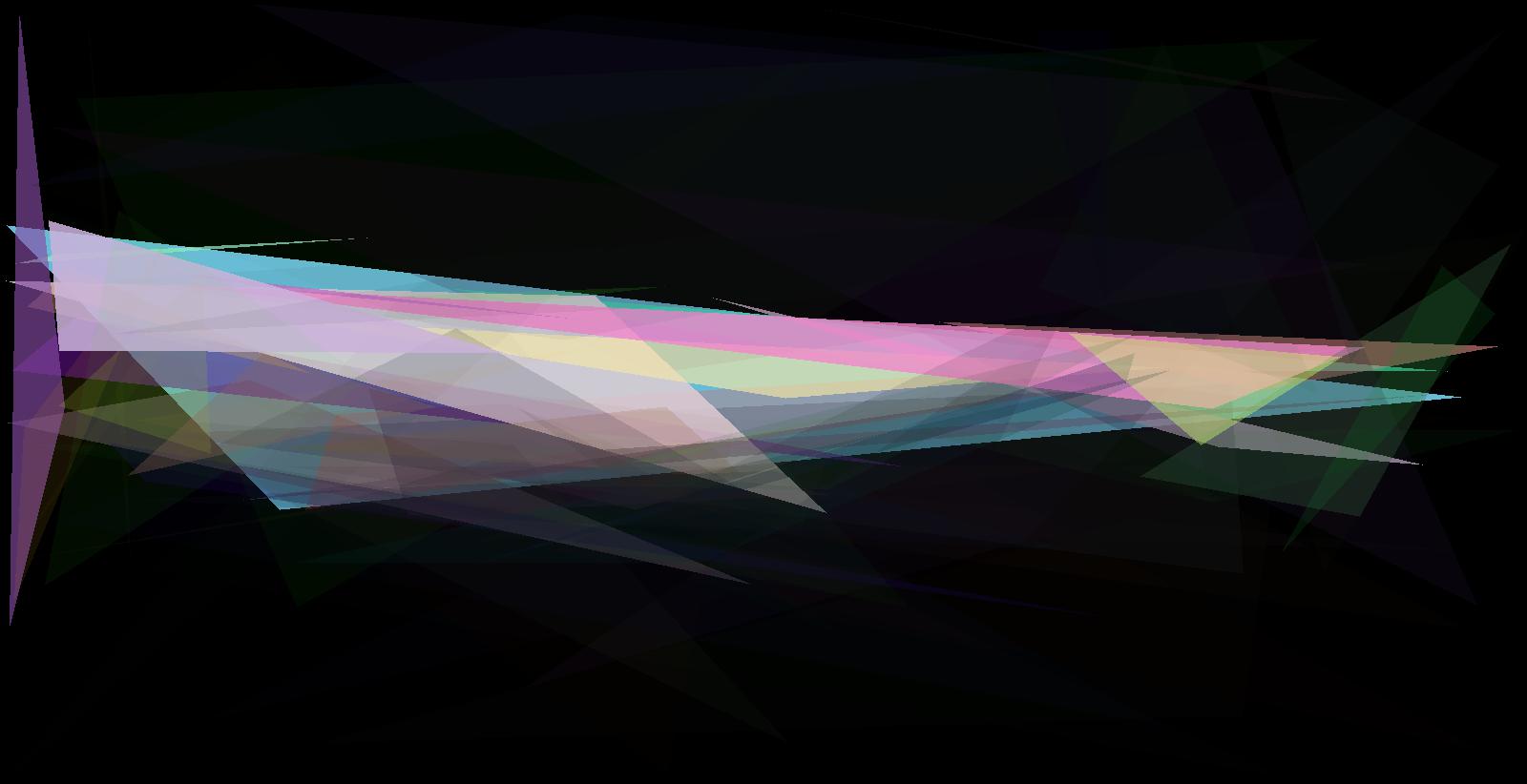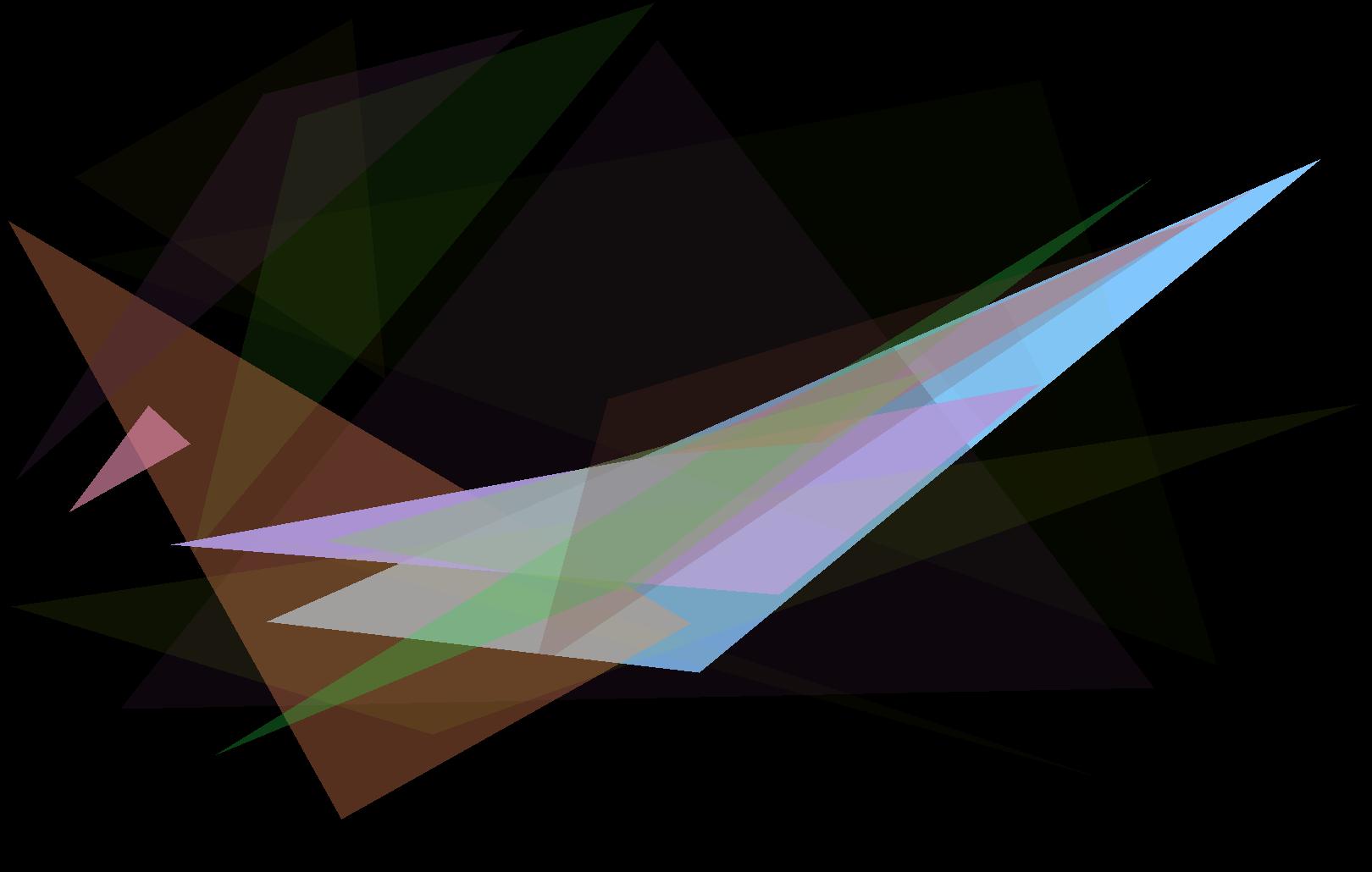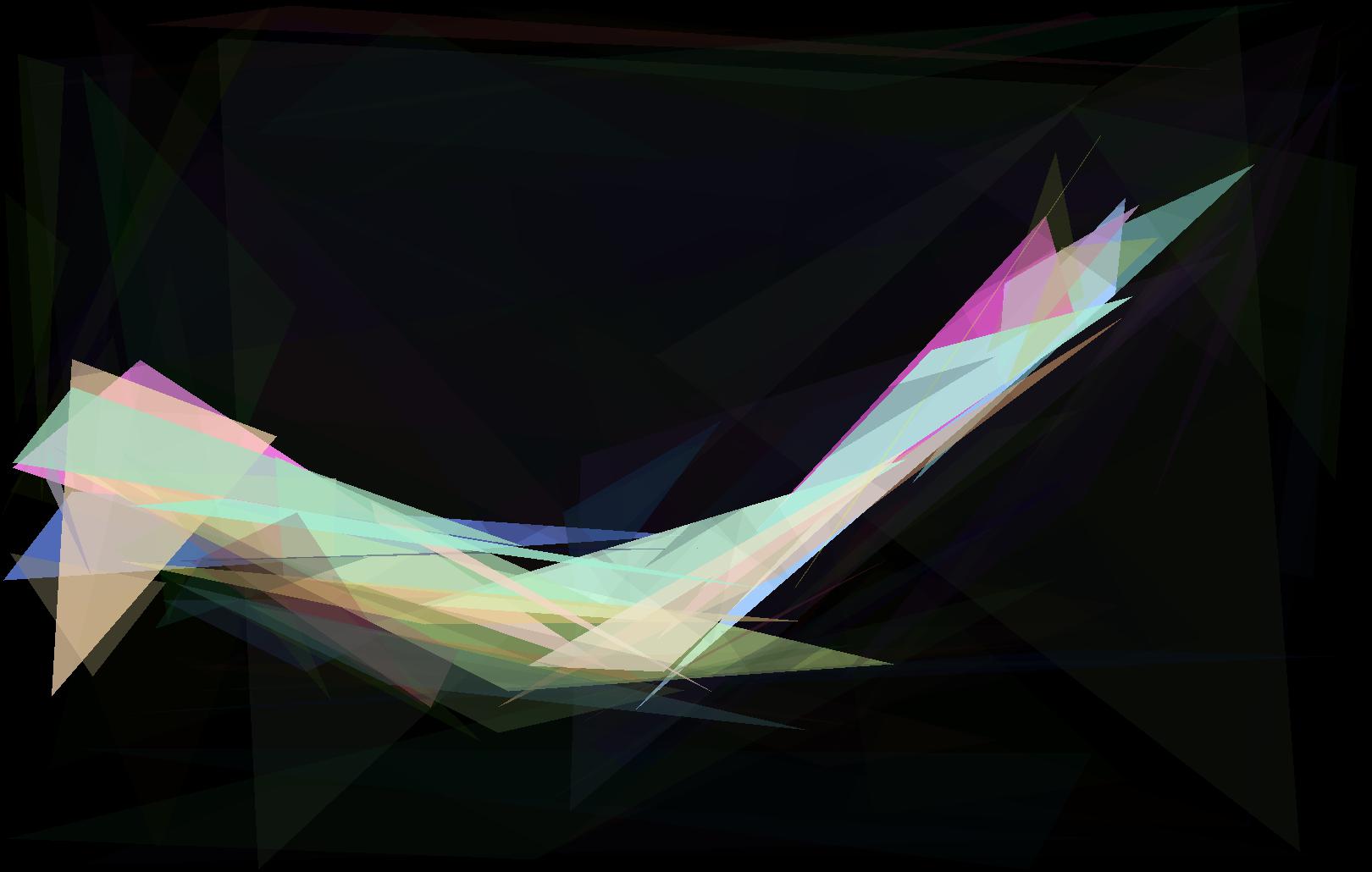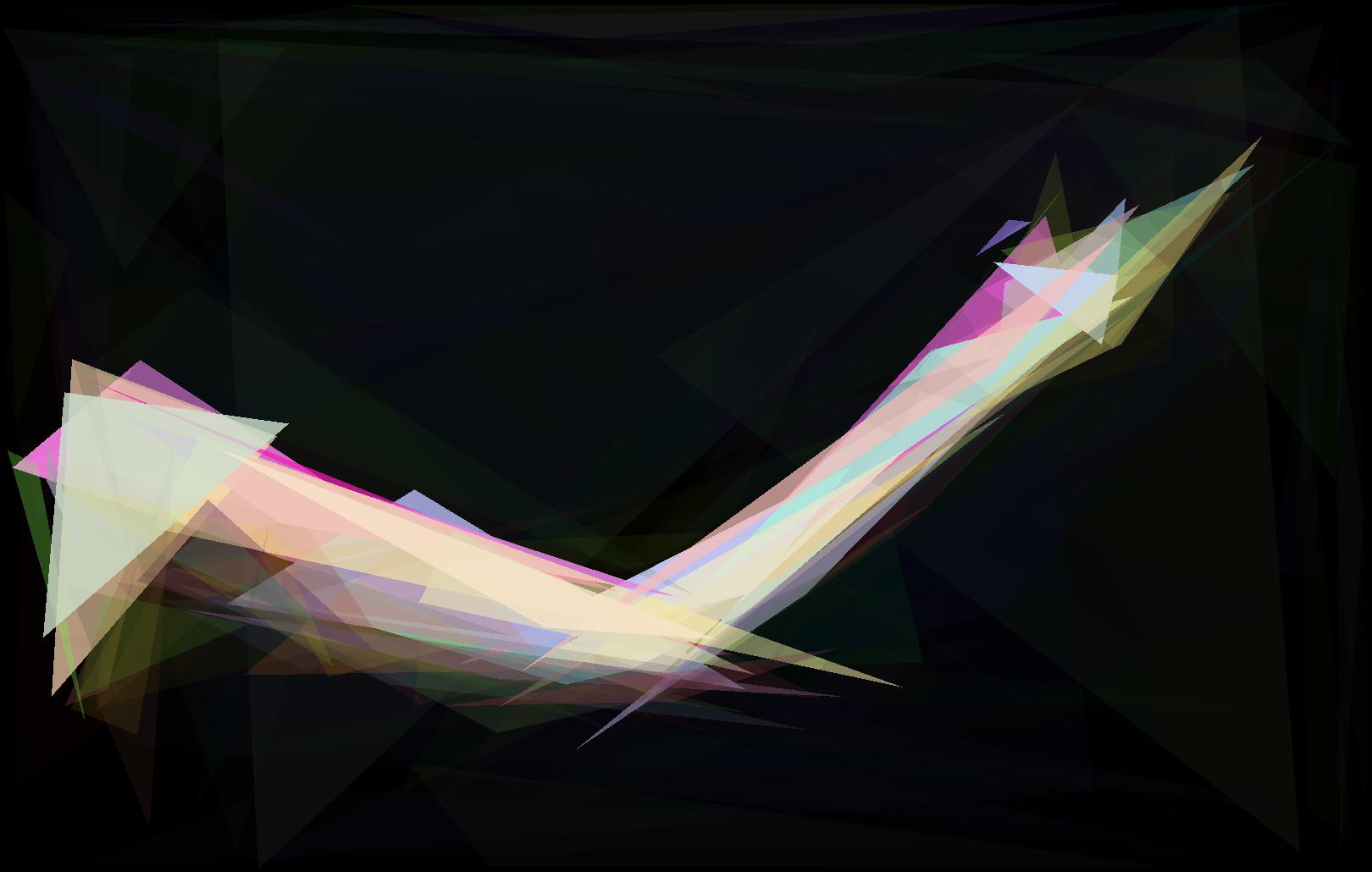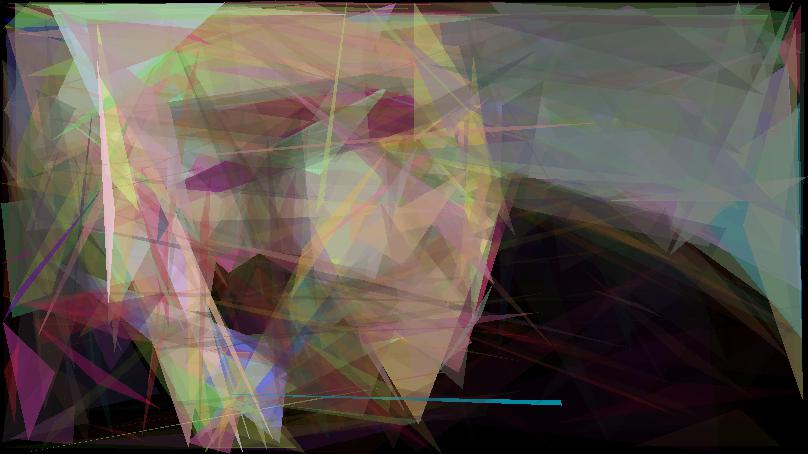Cypher Construct
Connecting anatomical structure and geometric
abstraction through algorithms.
Cypher Construct is a computer-generated artwork, which aims to establish connections between traditional art principles, anatomical structure, geometric abstraction, and sophisticated algorithms in order to convey complex themes about the relationships between the manufactured and the natural, order and chaos, and representations of reality. The work was created through the use of a genetic algorithm, which is a problem-solving method based on the main driving force behind biological evolution, namely natural selection.
Inspiration
One of the key inspirations behind Cypher Construct is the Nature of Perfection, its essence, and whether it even exists. Leornardo DaVinci searched for perfection in proportion, in composition, and in accurate representation of the human form. He was dedicated to deconstructing and understanding the body, discovering what the ideal is. With modern developments in technology, this process can be recreated and analysed through the use of an automated system. Automated systems such as computers can be tasked with the accurate representation of reality through the use of algorithms and commands. Therefore, it is the purpose of this piece to analyse whether representation from an objective and logical automated system can result in the ideal human form. The key question for consideration through this work is whether a machine can achieve a form of perfection and if so, what form it will take.
The Algorithm
There were a series of steps involved in the creation of piece. First, a multitude of photographs were taken of various parts of the human body. The photographs featured different poses, all aiming to show the anatomical structure of the body. Once the photographs were processed, they served as target images for the algorithm. The automated system aimed to recreate each photograph from nothing, using a series triangles. In essence this was a machine learning life drawing session, where the automated system used triangles as brush strokes. The following algorithm was followed to create the work.
Comparison of Match Scores
The algorithm continuously compares the fitness of each iteration, only allowing the best to evolve.
Creating a blank canvas.Making initial changes to the canvas, with the automatic system having complete freedom over the position, color, and size of the triangles.Those initial changes become the first generation of changes and the chosen iteration.While the current iteration is below a chosen percentage match of the target image, the algorithm will:Create children, which are copies of the chosen iteration.Perform iterations on each of them.Assess how close they are to matching the chosen percentage match.Compare the match scores of all of the children of the chosen iteration.Keep the image with the best match score as the next generation’s chosen iteration.Repeat until the desired match percentage score is met.



